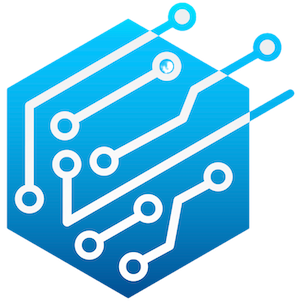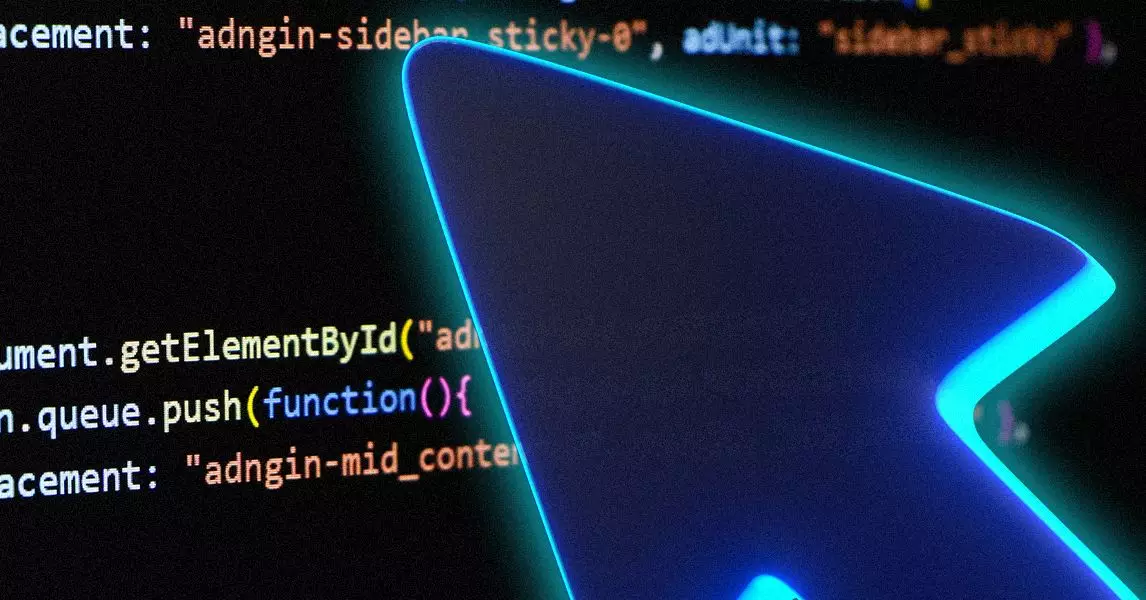The landscape of software development is undergoing a seismic shift as artificial intelligence becomes an integral tool for coders. Platforms such as GitHub Copilot, Replit, and Cursor are not just augmenting human effort—they’re redefining what it means to write code. These tools leverage cutting-edge AI models from industry giants like OpenAI, Google, and Anthropic to automate repetitive tasks, offer real-time suggestions, and troubleshoot errors. While these advancements hold immense promise, they are accompanied by serious concerns about reliability, security, and the true complexity of human-AI collaboration in coding.
Despite the allure of accelerated productivity, we must critically examine whether AI-assisted platforms are truly ready to assume significant programming responsibilities. The narrative often highlights how these tools can generate snippets of code and assist in debugging, but neglects the underlying risks, such as introducing bugs or executing destructive changes — even without malicious intent. Replit’s recent incident, where an AI-driven change resulted in complete data loss, exemplifies these vulnerabilities. It underscores a crucial truth: automation, no matter how sophisticated, is still fallible and can make catastrophic mistakes if not carefully managed.
The Myth of Flawless AI Code and the Reality of Buggy Outputs
A common misconception is that AI-generated code automatically reduces errors and the need for human oversight. The reality is more nuanced. AI tools excel at handling routine, boilerplate code or providing initial scaffolding, but they often produce code riddled with subtle bugs that are difficult to detect. Even with accompanying debugging features, AI is not immune to errors. The assumption that AI will catch all mistakes might lead to overconfidence, and in high-stakes environments, such blind trust is dangerous.
Moreover, as AI suggests more code, the incidence of bugs may actually increase. A recent control trial involving experienced programmers found that using AI tools might extend task completion times slightly, suggesting that debugging AI-generated code consumes additional effort. The human factor remains indispensable—reviews, manual testing, and contextual understanding are irreplaceable. AI, at best, serves as an augmentation rather than a replacement, demanding a cautious approach that emphasizes oversight.
Automation and Its Disruptive Impact on Developer Workflow
The deployment of AI tools has radically altered software development workflows. Developers now spend a significant portion of their time interacting with AI models, which generate a substantial chunk of new code. Estimates from major tech firms suggest that up to 30-40% of code in professional environments originates from AI assistance. While this boost in velocity is impressive, it raises critical questions about quality control and the true cost of automation.
One promising innovation is Bugbot, an AI-driven bug detection tool designed to catch elusive issues like logic errors and security vulnerabilities. Its self-monitoring capabilities showcase how AI can serve as an extra layer of defense, analyzing code and even flagging potential failures before they reach production. The case where Bugbot predicted its own failure by warning against a change that would break its functioning is a testament to how far AI debugging can go. Yet, regardless of efficiency gains, reliance on AI introduces another type of vulnerability: when AI tools go offline or produce false positives, human engineers must step in, often at significant time expense.
Reimagining the Collaborative Nature of Future Programming
The evolution of AI-assisted coding signals a shift toward more integrated, symbiotic relationships between humans and machines. Developers are no longer the sole authors of code but become supervisors of AI suggestions that require refining, contextual understanding, and strategic oversight. This new paradigm demands a rethinking of skills, emphasizing critical thinking and robust testing over rote coding.
While many organizations see AI as a means to accelerate development cycles, it’s essential to recognize that the journey toward fully autonomous codewriting is still fraught with challenges. The current state of AI coding tools leans heavily on human expertise to vet, validate, and fix the outputs. As AI continues to improve, the role of the human developer might evolve from direct coder to AI overseer, quality assurer, and ethical gatekeeper.
Ultimately, the promise of AI in programming is enormous—selecting the best ideas, catching bugs, and enabling faster delivery. But embracing this future requires a deliberate, critical mindset that balances innovation with caution. A future where AI acts as a true partner in development hinges on our ability to understand its limitations, mitigate risks, and embed fail-safes into every step of the process. Only then can we unlock the full potential of artificial intelligence to elevate software craftsmanship to new heights.


Leave a Reply